The journey of Tyler Williams, a Bryn Mawr student who is a trans man
By Devanshi Vaid
Tyler Williams is a boy who remembers what it is like to be a girl – something that makes him question his place at a women’s college.
Williams, 21, a junior at Bryn Mawr College, is from Harrisburg Pa. He took a gap year between his freshman and sophomore year, during which he took courses at the University of the Arts in Philadelphia. He began to contend with his sexual transition during his time away – making his return to campus a decision he still struggles with.
Williams is a a trans boy, transitioning from female to male (FTM). What this means is that his gender identity, gender expression and behavior did not conform to those typically associated with the sex to which he was assigned at birth. The process of sexual transitioning may or may not involve surgery. As of now, Williams has started hormone therapy and chosen his preferred name, but has not undergone any surgery.
Like most students at Bryn Mawr, Williams is simultaneously discovering and defining himself, and like many students, Bryn Mawr has been a part of this process. In his time here, Williams says the administration and student body have always been supportive of his presence on campus. He looks at Bryn Mawr as a safe space where he can be “out and trans” and not have to worry about his safety.
As far as professors go, he said he usually goes up to them before the first class and tells them he prefers male pronouns and his chosen name. However, he does admit that the ease with which he has been able to do this could be because of the professors he chooses. He has not yet taken a class at Haverford unless it was taught or co-taught by a Bryn Mawr professor.
“Before, when I told them what I preferred, I got a few confused looks,” he pauses to grin, “but now they look at me and are like yeah of course, okay, not a problem.”
He has every reason to smile. Williams passes completely. He is read as male.
And being read as male has made him reflect on some of his behavior.
“There are certain behaviors I’ve had to tame,” said Williams. “I used to be a total bro – and the type of things you say as a bro are the type of heterosexist things that men say, but you can get away with because you’re female. That doesn’t work anymore.” Continue reading
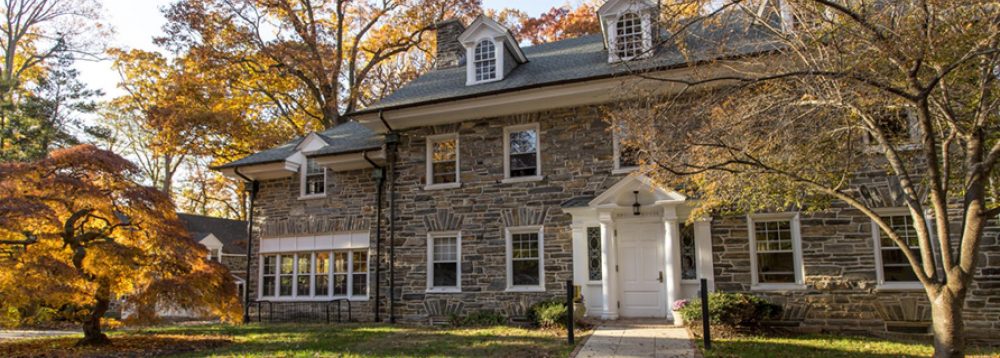




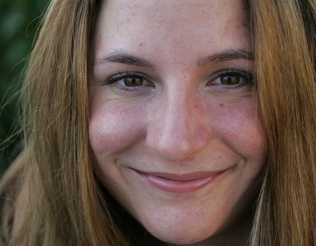
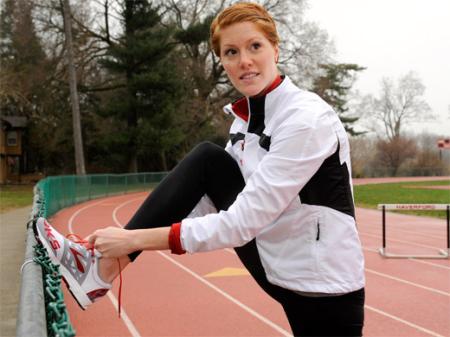
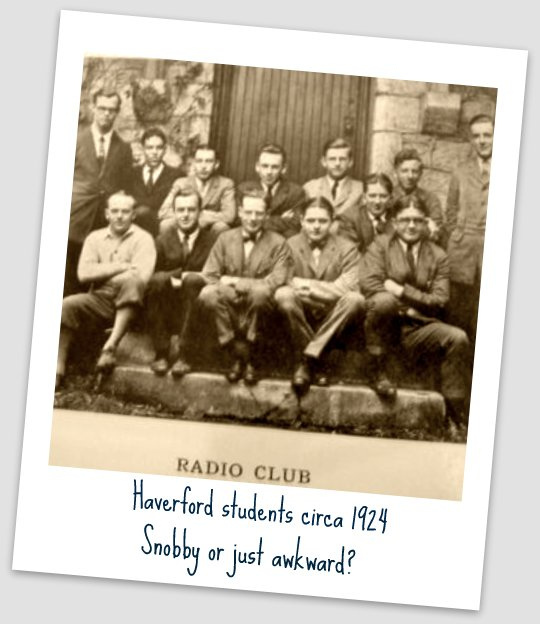
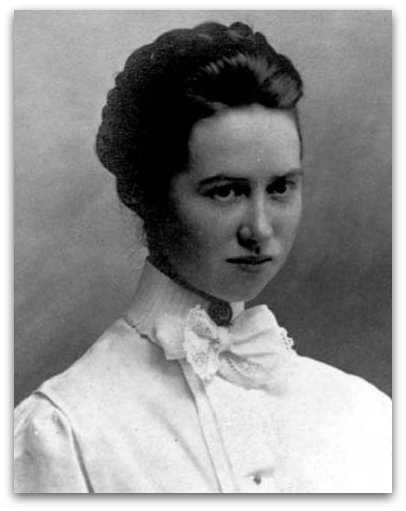 “It’s hard to put my finger on exactly what it is, and I definitely noticed it,” she said. “And I think for me that’s why it’s been so easy…to make friends here because there’s so many people that have a certain something that makes it really easy to click with them, even if we have completely different interests…”
“It’s hard to put my finger on exactly what it is, and I definitely noticed it,” she said. “And I think for me that’s why it’s been so easy…to make friends here because there’s so many people that have a certain something that makes it really easy to click with them, even if we have completely different interests…”
